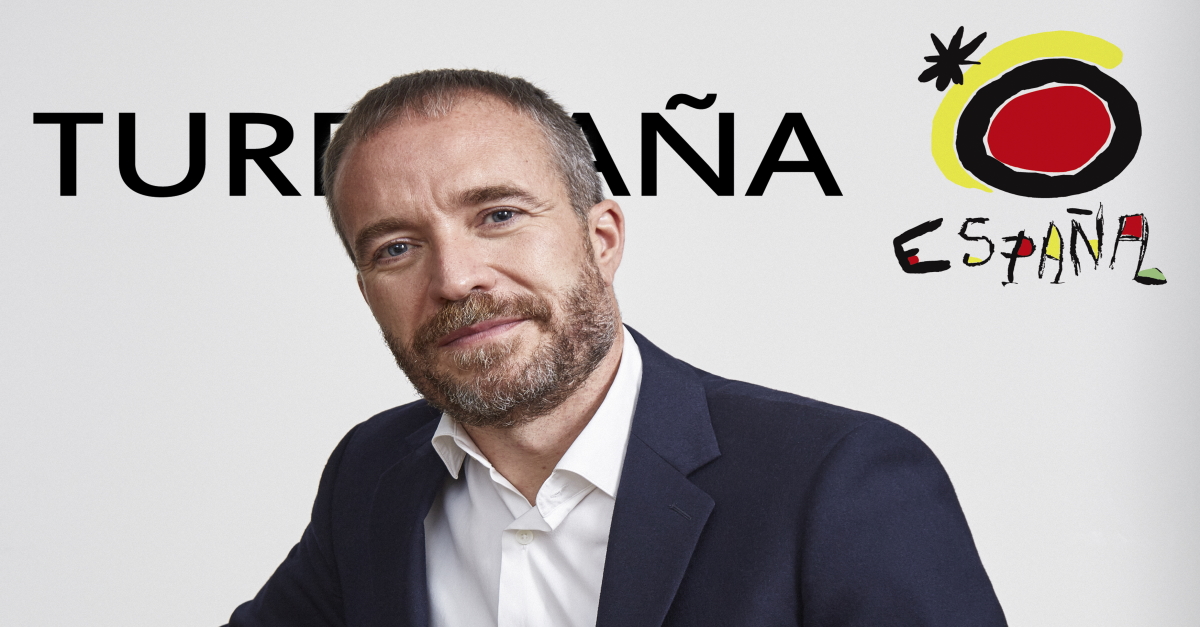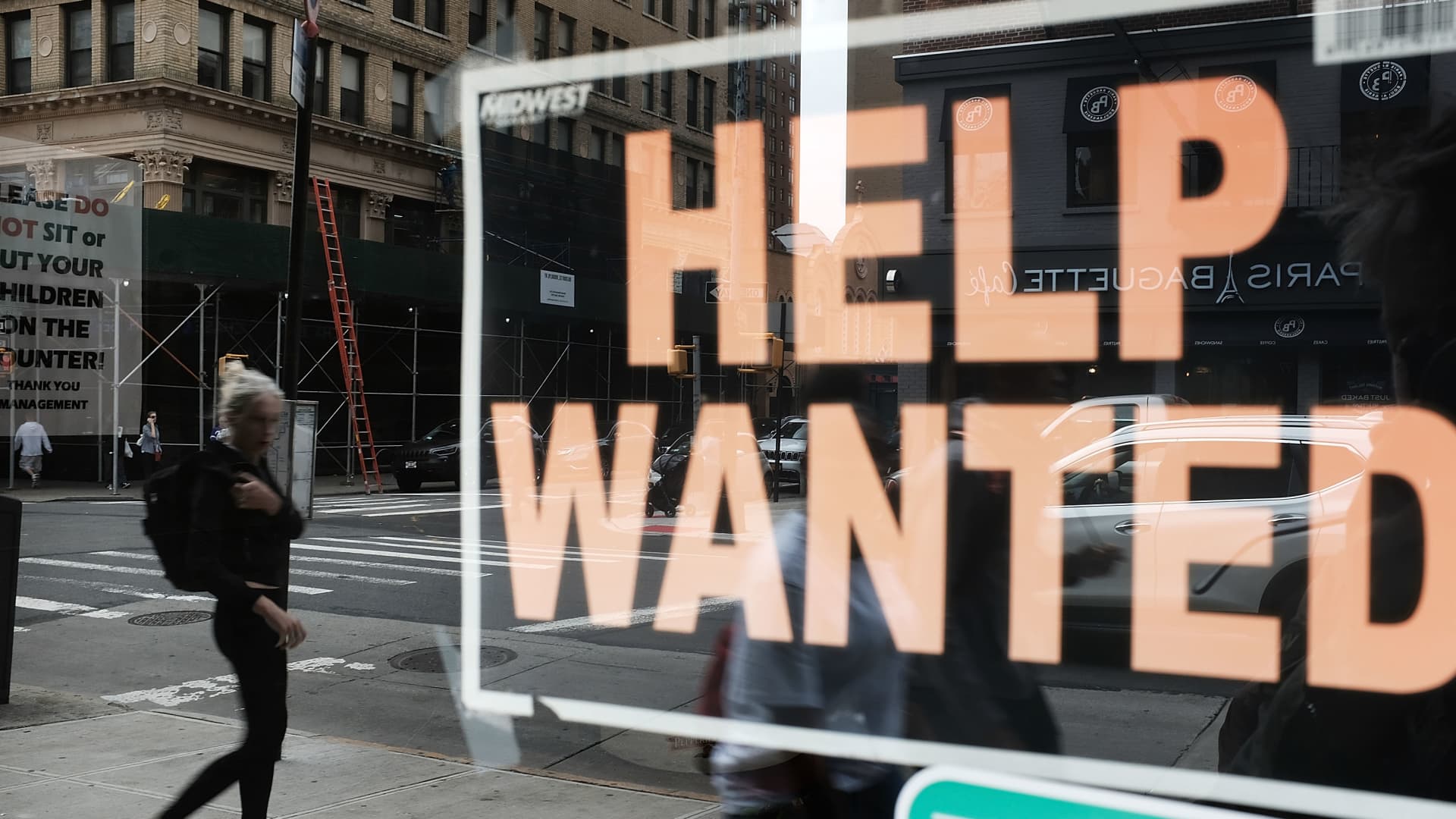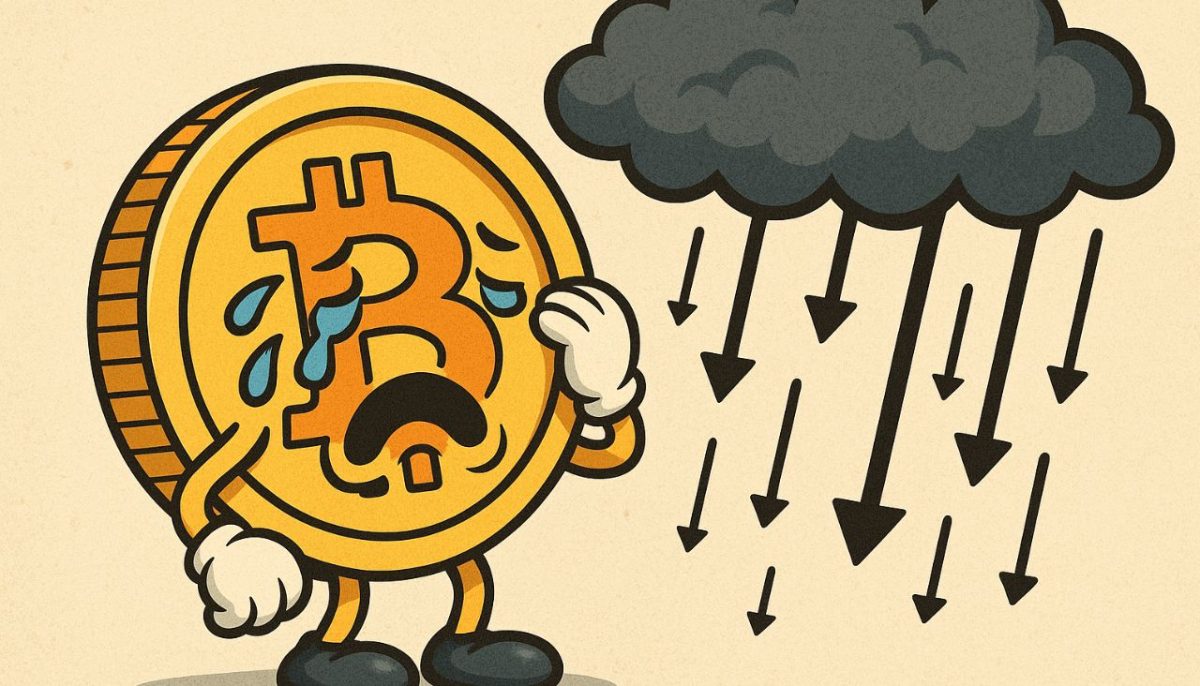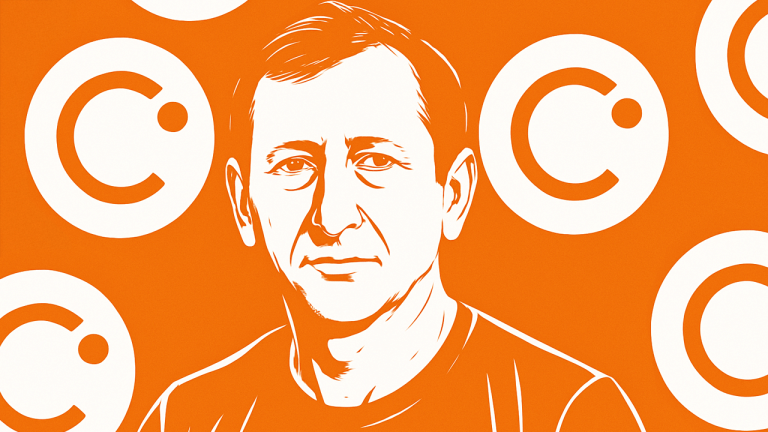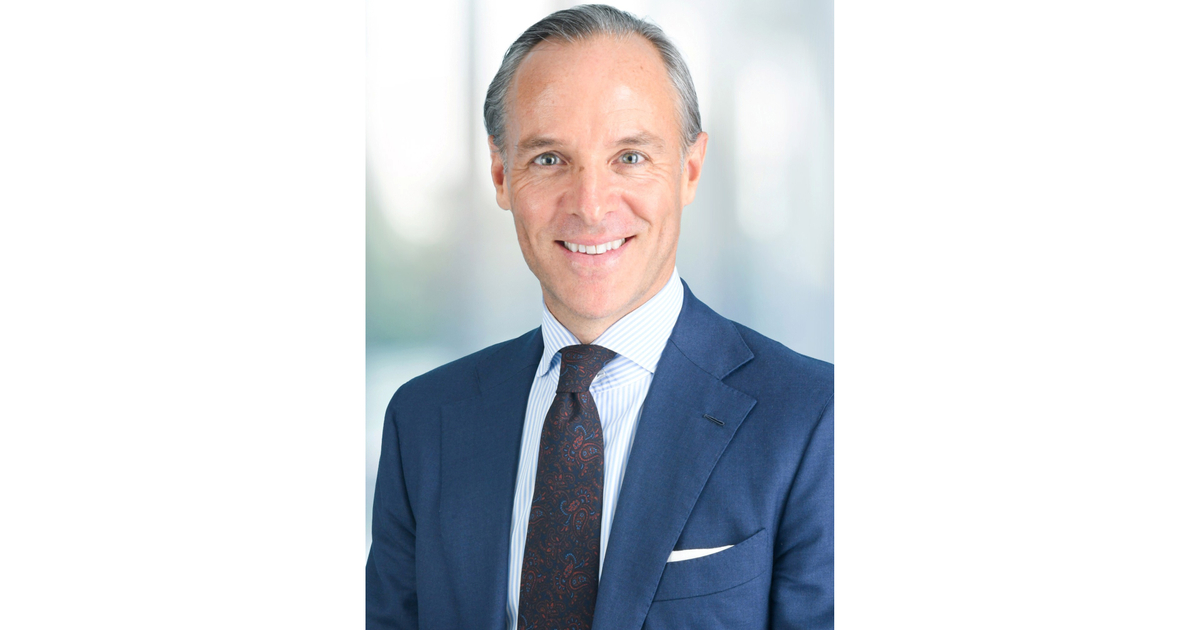Wholesale prices rose 0.3% in November, more than expected, despite hopes that inflation is cooling
The producer price index, a measure of what companies get for their products in the pipeline, increased 0.3% for the month and 7.4% from a year ago.


Wholesale prices rose more than expected in November as food prices surged, dampening hopes that inflation could be headed lower, the Labor Department reported Friday.
The producer price index, a measure of what companies get for their products in the pipeline, increased 0.3% for the month and 7.4% from a year ago, which was the slowest 12-month pace since May 2021. Economists surveyed by Dow Jones had been looking for a 0.2% gain.
Excluding food and energy, core PPI was up 0.4%, also against a 0.2% estimate. Core PPI was up 6.2% from a year ago, compared to 6.6% in October.
Stocks fell following the report after previously indicating a positive open on Wall Street. Treasury yields moved higher.
Markets now will turn their attention to the more closely watched consumer price index, which is due out Tuesday morning. A day later, the Federal Reserve will conclude a two-day meeting with an announcement on where interest rates are heading.
The hot inflation data keeps the Fed on track for another rate increase, likely a 0.5% hike that would push benchmark borrowing rates to a target range of 4.25%-4.5%. Policymakers have been pushing rates higher in an effort to quell stubborn inflation that has emerged over the past 18 months after being mostly dormant for more than a decade.
"The monthly increase in producer prices illustrates the need for continued tightening, albeit at a slower pace," said Jeffrey Roach, chief economist at LPL Financial. "The inflation pipeline is clearing and consumer prices will slowly move closer to the Fed's long run target."
Services inflation accelerated for the month, rising 0.4% after being up just 0.1% the previous month. One-third of that gain came from the financial services industry, where prices surged 11.3%. That was offset somewhat by a sharp decline in passenger transportation costs, which fell 5.6%.
On the goods side, the index rose just 0.1%, steep decline from its 0.6% October gain. That modest gain came despite a 38.1% acceleration in prices for fresh and dry vegetables. Prices moved higher across multiple food categories even as the gasoline index tumbled 6%.
Roach said the soaring food price index is "likely an anomaly and not necessarily reflecting a change in trend."
The release comes amid other signs that price increases at least were decelerating from a pace that had put inflation at its highest level in more than 40 years. However, the data Friday, which tends to be a leading indicator of underlying price pressures, shows that shaking off inflation could be a long slog.
A year ago, headline PPI rose 1% for the month and 10% on a 12-month basis.
"Month-over-month PPI rising slightly and coming in just over expectations is yet another reminder of how sticky inflation is and that it will take time before we see it normalize," said Mike Loewengart, head of model portfolio construction for Morgan Stanley's Global Investment Office. "Keep in mind compared to where we were a year ago, we are in a better place and headed in the right direction."
This was the third month in a row that headline PPI increased 0.3%. On an annual basis, the increase represents a decline from the 11.7% peak hit in March, but is still well ahead of the pre-pandemic pace at least going back to 2010.
The increase came despite a 3.3% decline in final demand energy costs. That was offset by an identical 3.3% increase in the food index. The trade index rose 0.7%, while transportation and warehousing fell 0.9%.
Excluding food, energy and trade services, PPI increased 0.3% from a month ago and was up 4.9% on an annual basis, the lowest since April 2021.

 JimMin
JimMin 







